3D Printing Nylon Filament Material: A Guide
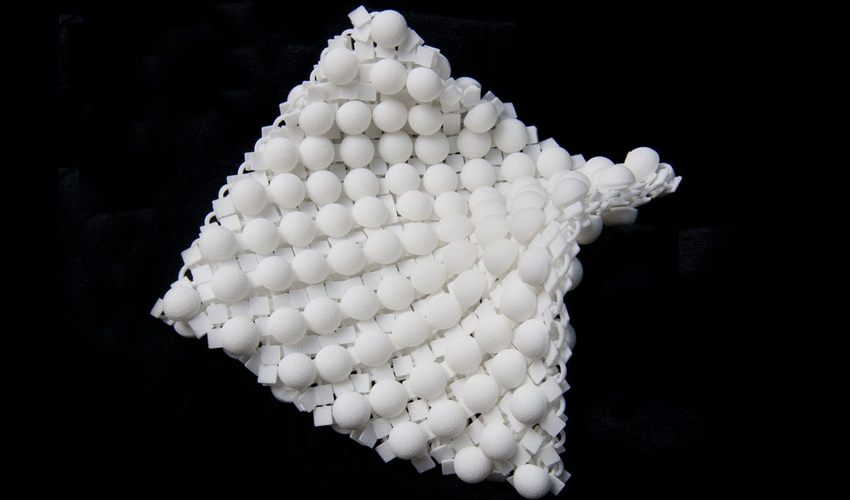
Today we are going to be talking about the different types of nylons used in 3D printing. Reading our previous posts, you will have seen that nylon is a filament that we particularly appreciate here at 3Dnatives. The ability to dye it from garment dyes as well as its specific properties makes it our choice material in comparison to more conventional filaments, such as PLA or ABS.
The Different Kinds of Nylon
There are several companies that produce nylon filament, but the best known is undoubtedly the company Taulman. Currently, there are 2 types of nylon that are distributed through Taulam, the 618 and 645. Some never variations include the 680 and the nylon 910.
Nylon 618
The first thing you’ll notice when using nylon 618 is that it is quite flexible. Compared to PLA, which is much more rigid, the impression you get is that the nylon is already melted. Its color is usually a deep white and it is quite difficult to make transparent.
- Normal
- Flexibility of the nylon
The printing temperature recommended by Taulman is between 235° and 260° C (455° and 500° F), but as with all other types of filament, we would advise that you test several settings in order to find that one that offers the best results. For us, the ideal temperature is between 242° and 245° (467.6° and 473°F), depending on the temperature of the room.
Nylon 618 has a tendency to easily absorb moisture from the air, which can cause water vapor when in use. Although it is not toxic, you may want to consider storing it in a dry place to reduce the risk of this happening.
Nylon 645
They Nylon 645 looks very similar to nylon 618, except that it is more transparent than the nylon 618 and is a little stronger as well. The printing temperature is the same as the 618 and it can also be colored with clothes dye.
The PETT Filament (T-Glase)
The PETT filament, more commonly known as T-Glase is a filament made out of polymer such as nylon and all plastics. There are several advantages to its use. It is completely transparent, needs only 212° C (413.6°F) to be printed, and it adheres perfectly to the printing plate. The icing on the cake is that it is also certified to be used in food industries.
- The T-Glass
- You can appreciate the contours
Materials Need to Print with Nylon
To print using nylon, you won’t need much except a suitable printing tray. As explained in our previous articles, we use a Garolite G11 tray in order to minimize gripping problems. But, if you want to print only with nylon or you want to print large nylon parts, you should consider adapting your printer, considering the differences you will have in print temperature. Our machine also has an upgraded aluminum extruder as well as a printing trolley that is also made of aluminum.
- Aluminum trolley and extruder
- The Garolite G11
You will probably find a lot of sites that advocate for the use of a heating plate for the T-Glase, but it isn’t necessary. We have printed several objects without any problems with adhesion nor with our non-heating plate with our Garolite G11.
The Dying Process
One of the greatest advantages of nylon is its ability to color with clothing dye. This is a relatively simple process with the recipe being as follows for those who missed it:
- Bring ½ liter of tap water to a boil
- Plunge your printed object into the boiling water for 5 minutes (to raise to the necessary temperature.
- Dilute the powdered dye in the boiling water
- Let the object stand in the mixture for 30 minutes
- Rinse your items with warm water
- This recipe works perfectly with nylons 618 and 645 (Keep in mind that T-Glase is not suitable for this type of dye, but it is available in different colors).
Where Can You Buy Nylon Filament?
You can buy your filament coils directly on a company’s website, or go through your local reseller to save time. For our part, we buy from the company “imprimante 3D France“, because they have many types of nylon and are very good at giving us advice!
Happy printing!






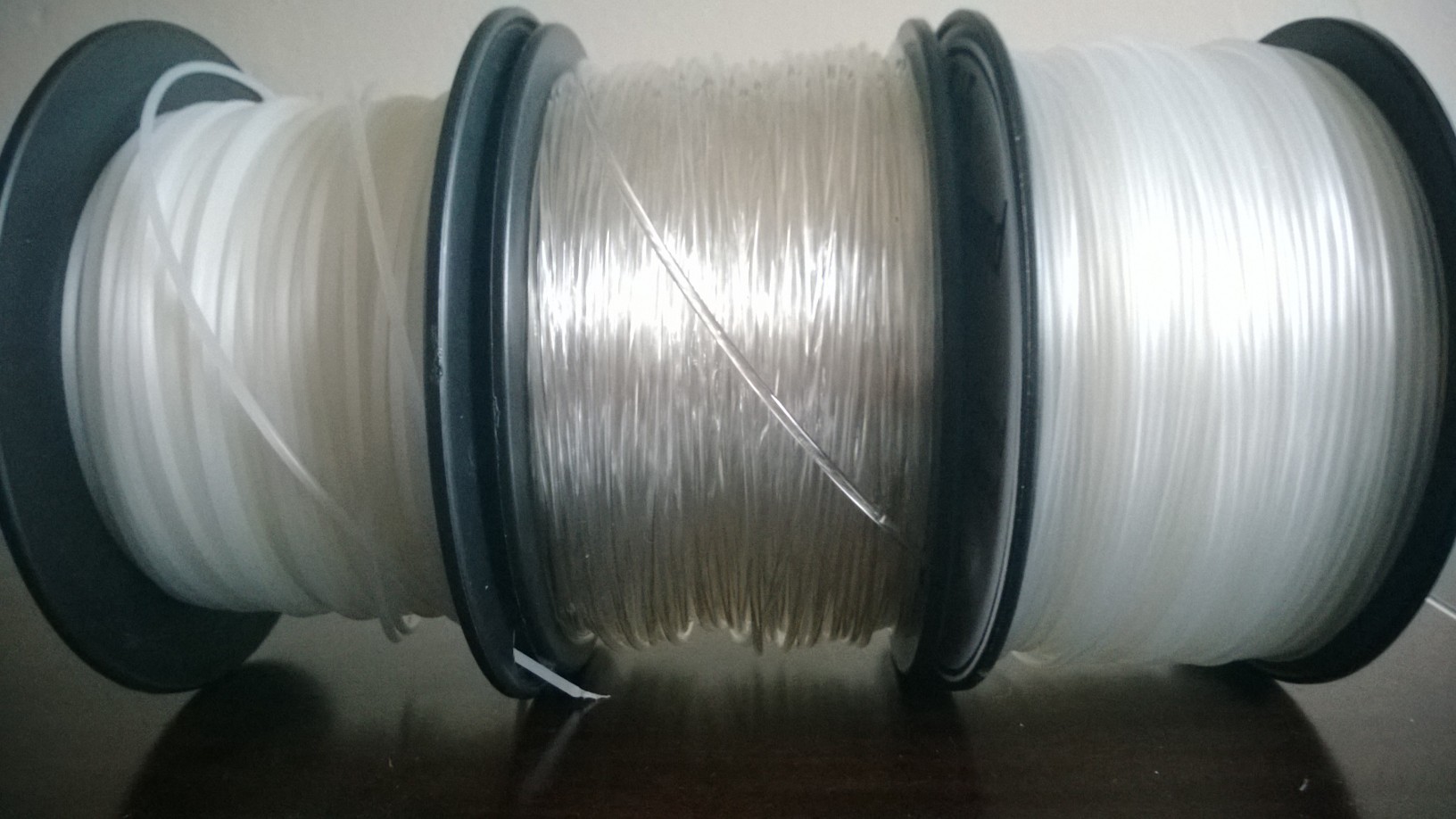
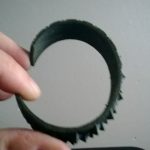
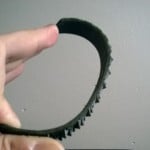
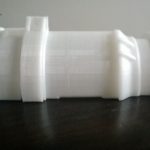
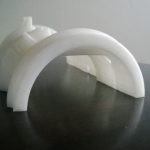
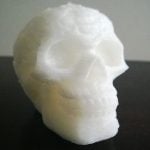

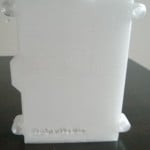
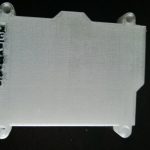
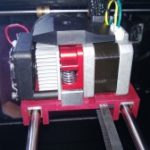
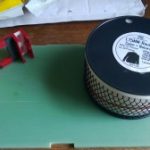
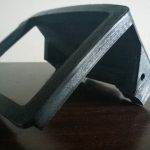
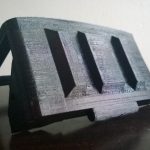
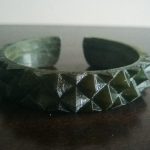

I had no idea about this. Pretty interesting subject for sure though.